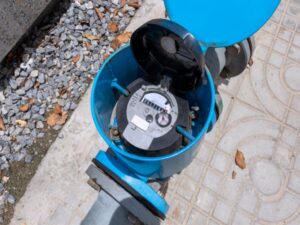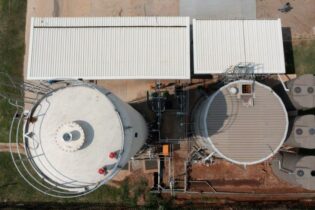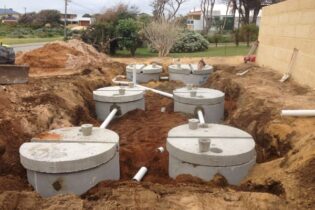Last year, the Department of Trade Industry and Competition (dtic) established the South African Metering Industry Association (SAMIA). WASA interviewed chairperson Edwin Sibiya about the local metering industry.
“SAMIA’s primary purpose is to protect the interests of consumers by ensuring that they are supplied with metering devices that meet South African standards. Meters are devices that measure electricity and water consumption on behalf of the consumer, and they must be accurate. Furthermore, SAMIA promotes the local manufacture of meters, thereby creating employment and encouraging skills development,” explains Sibiya. The dtic has designated and determined the minimum threshold for residential electricity and water meters. Water meters are approved at 40% local content threshold and a 50-70% local threshold for residential electricity prepayment, post-paid and smart meters. This creates a local value chain in terms of manufacturing electrical and plastic components for the meters, as well as the installation, maintenance and technical support. “In 2020, over 51 000 meters were imported. These could have been locally manufactured,” states Sibiya. Compliance All water meters (locally manufactured and imported) that are used in South Africa need to comply with the Legal Metrology Act (No. 9 of 2014), which includes initial verification of these meters in a South African National Accreditation System (SANAS) laboratory.- 15 mm up and including 100 mm must comply with SANS 1529-1
- all prepaid water meters must comply with SANS 1529-9.
Metering is of key importance to municipalities; meters assist in revenue collection, energy and water efficiency, and cost savings. “The biggest purchaser of meters is local government; however, local government are not meter experts, and often include the wrong type of meter in tenders. This is a big reason why many metering tenders are not awarded, delaying service delivery,” adds Sibiya.
SAMIA is therefore partnering with the South African Local Government Association, National Regulator for Compulsory Specifications, SANAS and the dtic to create an information campaign directed at both government and consumers to identify meters that are compliant with local standards. “Currently, many consumers do not trust meter readings, and therefore do not pay their water or electricity bills. The tariff structure on water and electricity is also difficult for consumers to understand. Billing needs to be in a more simple, understandable format,” notes Sibiya. He goes on to add that considering South Africa is the 30th driest country in the world, water management is of paramount importance. However, consumers seldom understand their water usage. “They do not have information to manage their water usage. If there is a leak in their property that is not visible, they will not notice it until they receive an elevated water bill. But mostly, they do not understand what a kilolitre means or comprehend how much water they are using or how much water they can save – there is a disconnect.” “We need to adapt to the Fourth Industrial Revolution. But the biggest issue with smart meters is the current shortage of electronic chips,” says Sibiya. Repair and maintenance of meters Repairs of meters must take place in a laboratory accredited by the national regulator by qualified people. These meters must then be tested again. This can be an expensive exercise, particularly with post-paid volumetric meters; therefore, most broken meters are replaced with new meters and not repaired. However, prepaid smart meters are typically repaired and then verified due to their higher cost. Most of the meters can be maintained on-site where batteries are changed and do not have to be verified each time. Sibiya encourages everyone to engage with SAMIA to further strengthen the local manufacture of meters (and thereby increased job creation), as well as meter compliance. Related story: DTIC forms an association for the metering industry | Infrastructure news






